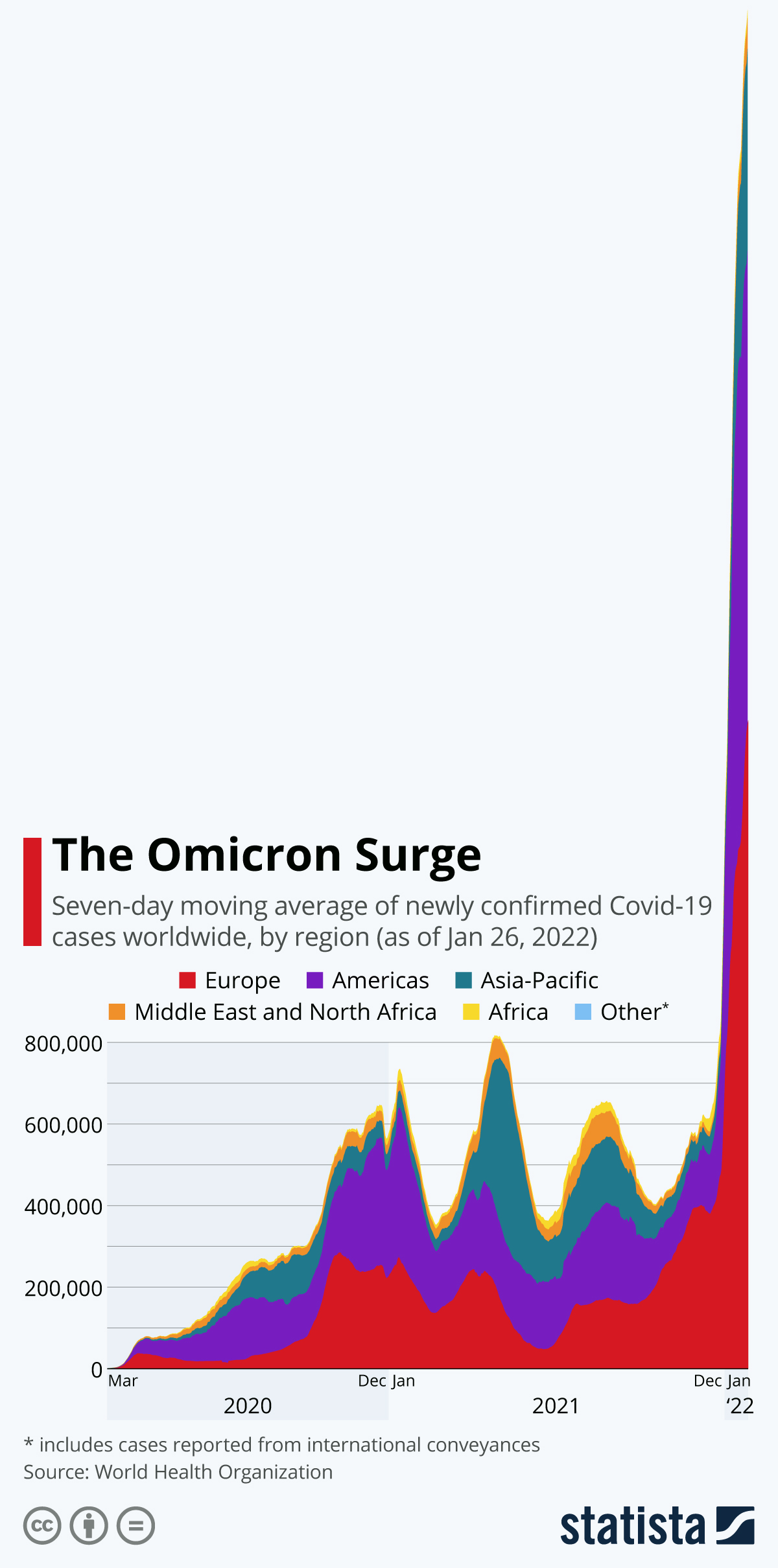One year ago today, on March 11, 2020, the World Health Organization officially announced that COVID-19 could be classified as a pandemic.
“The WHO has been assessing this outbreak around the clock and we are deeply concerned both by the alarming levels of spread and severity, and by the alarming levels of inaction,” the organization’s Director-General Tedros Adhanom said at the time. “We have therefore made the assessment that COVID-19 can be characterized as a pandemic.”
Back then, the WHO reported 118,000 cases across 114 countries, urging policy makers to take aggressive action in order to change the course of the pandemic. “This is not just a public health crisis, it is a crisis that will touch every sector,” Tedros Adhanom warned back then, in a statement that sounds ominous from today’s perspective.
Twelve months later, there have been 118 million cases of COVID-19 around the world, with 2.6 million dying from the disease. And while falling case numbers and the acceleration of the vaccine rollout have sparked some long overdue optimism around the world and especially in the U.S., health experts are warning not to get ahead of ourselves as the virus remains an imminent threat for the time being, especially with more infectious variants on the rise.
According to the World Health Organization, the seven-day average of daily new cases climbed to 416,000 on Wednesday, the highest it’s been since February 11. Several countries are now stuck in the difficult position of wanting to open up after months of lockdown, while also seeing new cases trend upwards again. The B.1.1.7 variant of the virus in particular is cause for concern, as data suggests that the rapidly spreading mutation is not only highly infectious, but also potentially more deadly than the original SARS CoV-2 virus.
source statista
You will find more infographics at Statista
Ask me anything
Explore related questions






